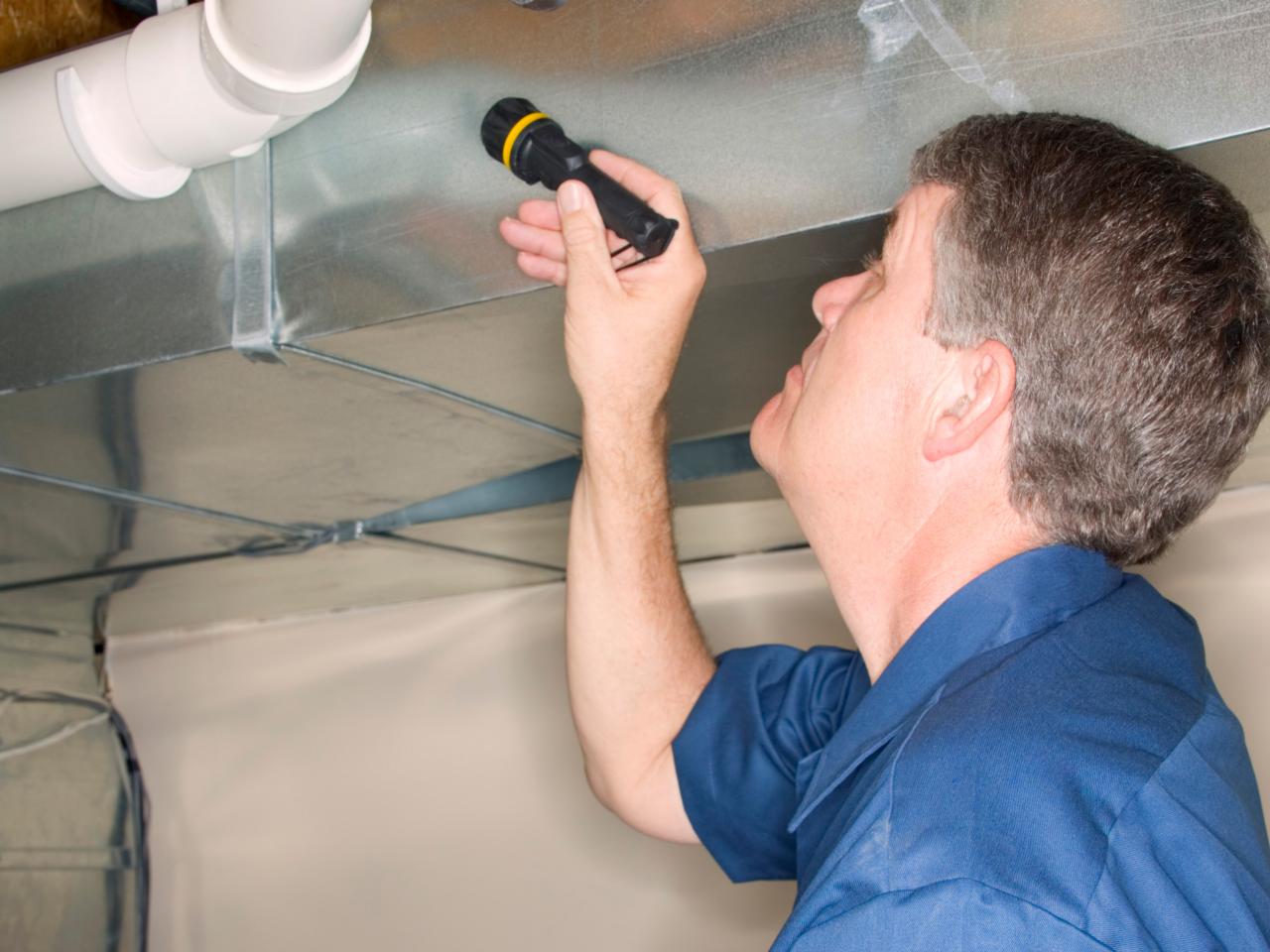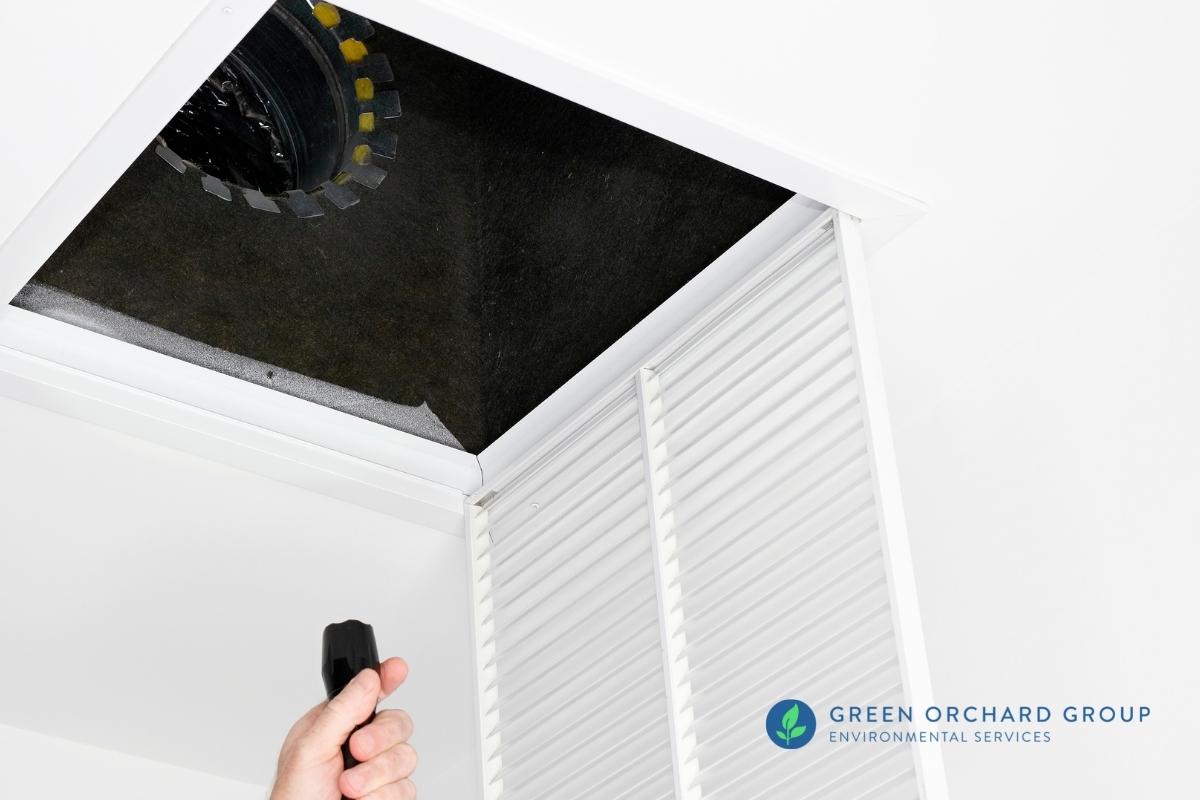Effective Post Mold Remediation Cleaning Protocols
Effective Post Mold Remediation Cleaning Protocols
Blog Article
Key Steps for Successful Post Mold And Mildew Remediation
Addressing mold issues in a prompt and reliable way is vital for preserving a healthy and balanced indoor atmosphere. Successfully completing mold and mildew remediation is a multifaceted procedure that calls for interest to detail and adherence to specific methods. From evaluating dealt with areas to implementing dampness control procedures, each step plays an important function in ensuring the efficiency of the remediation process. Nonetheless, there are crucial post-remediation steps that are just as crucial however commonly ignored. These actions not only verify the success of the remediation initiatives however additionally contribute to avoiding future mold and mildew development.
Examination of Treated Areas
Upon conclusion of the mold removal procedure, a detailed inspection of the dealt with areas is vital to make certain the effectiveness of the remediation initiatives. This inspection functions as an essential step in the post-remediation phase to confirm that the mold and mildew removal and cleanup treatments achieved success in eliminating the mold invasion and bring back a secure indoor atmosphere. The assessment needs to be conducted by qualified experts who have the expertise to examine the remediated locations meticulously.
These include visual analyses to inspect for any signs of mold and mildew development or water damage, dampness degrees to verify that the location is totally free and completely dry of excess moisture that could advertise mold re-growth, and air quality screening to make sure that the indoor air is secure to take a breath. Furthermore, the evaluation might entail utilizing specialized tools such as moisture meters and thermal imaging electronic cameras to detect surprise mold and mildew or moisture pockets that can lead to future mold and mildew problems if left unchecked.

Wetness Control Steps
Reliable dampness control procedures are necessary for protecting against mold and mildew growth and preserving a healthy indoor setting. In addition, making use of dehumidifiers in moist areas can assist decrease humidity degrees, making it harder for mold and mildew to prosper.
Regularly examining and maintaining the structure's outside can also avoid moisture breach. testing air quality after mold remediation. Ensuring that seamless gutters are clear, downspouts straight water far from the foundation, and the roofing system remains in excellent condition can aid stop water from seeping right into the structure. Appropriately sealing doors and windows can likewise aid keep dampness out
In situations where water damages occurs, punctual action is needed. Any spills or leakages ought to be cleansed and dried within 24-48 hours to avoid mold growth. Making use of wetness meters can aid spot surprise sources of water and make certain extensive drying. By carrying out these moisture control steps, the threat of mold returning can be considerably lowered, creating a much healthier indoor atmosphere.
Appropriate Air Flow Analysis
An indispensable element of ensuring a healthy and balanced interior environment blog post mold removal is carrying out an extensive assessment of the air flow system. Correct ventilation assessment plays a remove mold inside wall vital role in preventing future mold and mildew growth and preserving air quality within the damaged room.
Additionally, examining the ventilation system includes examining the circulation of air throughout the area to recognize any locations of bad circulation where dampness and pollutants can collect. Appropriate air flow not only helps in regulating humidity degrees but likewise help in removing air-borne mold and mildew spores and various other pollutants, thus boosting overall indoor air top quality. By addressing any ventilation concerns upload mold remediation, homeowner can develop a healthier and much more comfortable atmosphere for owners while reducing the danger of mold and mildew re-infestation.
Cleaning and Disinfection Protocols
To guarantee detailed mold and mildew removal, thorough adherence to specific cleaning and disinfection procedures is essential. Cleaning up and disinfection procedures play an essential role in the post-mold remediation stage to stop the reappearance of mold and mildew development and make certain a safe and healthy environment. The very first step in this process is the removal of any visible mold growth making use of appropriate cleansing representatives and strategies. It is necessary to use EPA-approved fungicides and disinfectants to effectively eliminate mold spores and avoid their regrowth.
Furthermore, implementing precautionary actions mold removal salary such as applying mold preventions and keeping appropriate air flow can help lessen the threat of future mold invasions. By adhering to strict cleansing and sanitation protocols, property owners can make sure the effective removal of mold and mildew and develop a healthy indoor atmosphere for occupants.
Tracking and Upkeep Strategy
Executing a regular monitoring and upkeep strategy is necessary for making sure the long-lasting efficiency of mold remediation initiatives. As soon as mold and mildew removal is completed, it is crucial to develop a tracking routine to assess the success of the remediation procedure.
Furthermore, creating a maintenance plan is vital to avoiding future mold and mildew concerns. Regular maintenance not just aids in avoiding mold and mildew yet also contributes to preserving a healthy and balanced indoor atmosphere - testing air quality after mold remediation.
Conclusion
Finally, check these guys out effective blog post mold and mildew removal entails thorough evaluation of treated areas, execution of dampness control procedures, evaluation of appropriate air flow, adherence to cleaning and disinfection protocols, and facility of a surveillance and upkeep strategy. These vital actions are vital to ensure that mold development is properly removed and stopped from persisting in the future. By complying with these guidelines, homeowner can maintain a healthy and safe setting for passengers.
Upon completion of the mold and mildew remediation process, a thorough examination of the treated areas is critical to make sure the effectiveness of the removal initiatives. These include aesthetic assessments to examine for any indicators of mold development or water damage, dampness levels to verify that the area is completely dry and free of excess moisture that could promote mold and mildew re-growth, and air quality screening to guarantee that the interior air is safe to take a breath. Additionally, the assessment may entail using specialized devices such as moisture meters and thermal imaging electronic cameras to discover hidden mold or dampness pockets that could lead to future mold troubles if left unattended. By resolving any air flow concerns post mold and mildew removal, home owners can produce a much healthier and extra comfortable atmosphere for passengers while reducing the danger of mold and mildew re-infestation.

Report this page